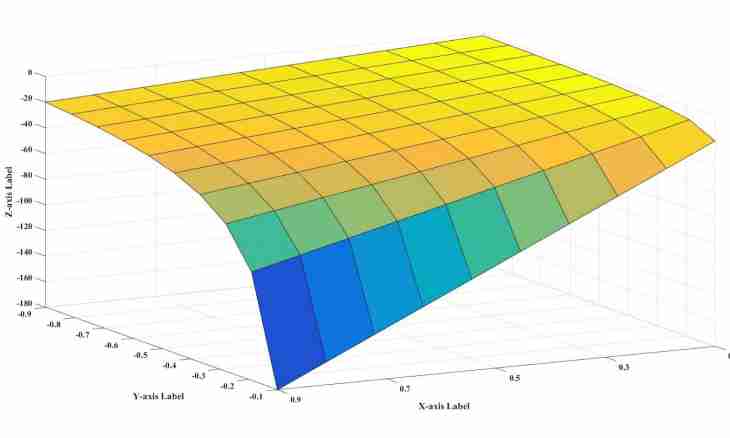Whatever subjective the concept of beauty was, it after all has some general for all criteria. One of such criteria – symmetry, to very few people will be pleasant the person on whom eyes are located at the different level. The symmetry always assumes existence of the rotary axis called also a symmetry axis.
In a broad sense preservation something invariable is called as symmetry at some transformations. Also some geometrical figures have such property.
Geometrical symmetry
In relation to a geometrical figure the symmetry means that if to transform this figure – for example, to turn – some of its properties will remain the same.
The possibility of such transformations differs from a figure to a figure. For example, it is possible to rotate a circle as much as necessary around the point located in its center it and will remain around, nothing for it will change. The concept of symmetry can be explained, without resorting to rotation. It is enough to draw through the center of a circle a straight line and to construct the piece perpendicular to it connecting two points on a circle in any place of a figure. The point of intersection with a straight line will divide this piece into two parts which will be equal each other. In other words, the straight line divided a figure into two equal parts. The points of parts of a figure located on the straight lines perpendicular to given are from it equally spaced. This is direct and will be called a symmetry axis. The symmetry such – rather direct – is called axial symmetry.
Quantity of axes of symmetry
Different figures will have various quantity of axes of symmetry. For example, at a circle and a sphere of such axes a set. The equilateral triangle an axis of symmetry will have a perpendicular lowered on each of the parties, therefore, at it three axes. At a square and a rectangle it is possible to carry out four axes of symmetry. Two of them are perpendicular to the parties of quadrangles, and two others are diagonals. And here at an isosceles triangle the symmetry axis only one which is located to honey its equal parties. The axial symmetry meets also in the nature. It can be observed in two options. The first look – the radial symmetry assuming existence of several axes. It is characteristic, for example, of starfishes. The bilateral, or bilateral symmetry with the only axis dividing a body into two parts is inherent in more advanced organisms. The bilateral symmetry is inherent in a human body too, but ideal it is impossible to call it. Legs, hands, eyes, lungs, but not heart, a liver or a spleen are symmetrized. Deviations from bilateral symmetry are noticeable even externally. For example, extremely seldom happens so that the person on both cheeks had identical birthmarks.

